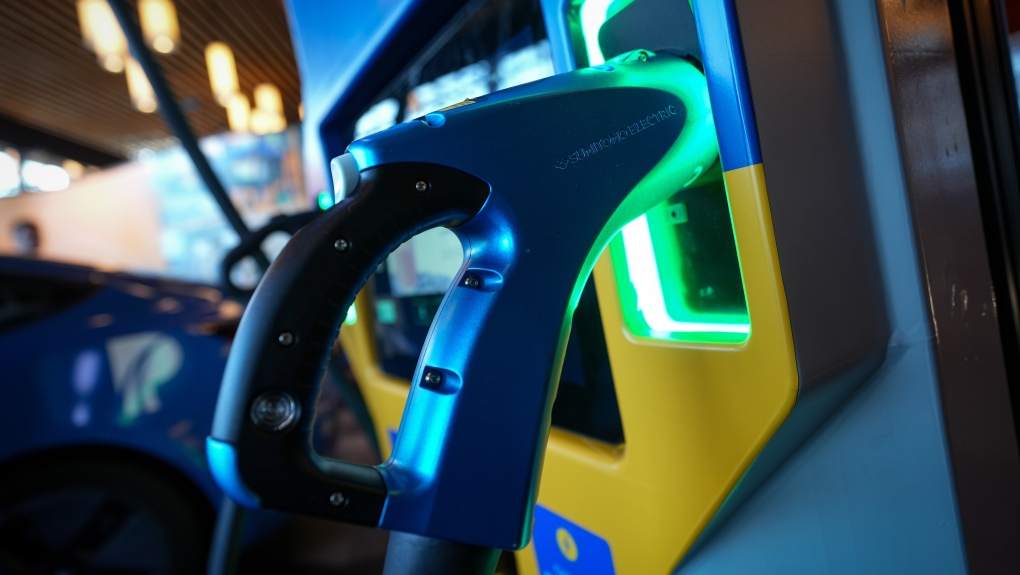Unless policies or technologies change, the ownership cost of electric vehicles (EVs) needs to decrease by 31 per cent if Canada to wants to reach its sales target of 60 per cent EVs by 2030, according to a new report released Thursday by Parliamentary Budget Officer Yves Giroux.
Last December, the federal government unveiled its Electric Vehicle Availability Standard that outlined zero-emission vehicle sales targets for automakers. The standard requires all new light-duty sales in Canada to be electric or plug-in hybrid by 2035. There are also interim targets of at least 20 per cent of all sales being EVs by 2026 and 60 per cent by 2030.
Those federal government targets come as growth forecasts for auto companies have plateaued and concerns about charging infrastructure persist. The price of EVs has also pushed the cars out of reach for many consumers. According to the Canadian Black Book, the average cost of an EV was $73,000 in 2023.



I agree, but we also need to lower our GHG emissions. Since we refuse to improve urban planning or transit, EVs are a step in the right direction.
Correct, but that doesn’t mean we need the ones designed and manufactured in China. There are already other options designed and manufactured in better countries.
And the ones from China still cost less after the 100% tariff
And that isn’t suspicious to you at all?
What’s suspicious is western car companies refusing to make small cheap EVs that consumers might actually want to buy.
This is a huge factor. It isn’t just the initial costs. A smaller EV is lighter, a simple EV is lighter, this lets it use less energy overall which ultimately means you pay less in electricity.
Smaller vehicles tend to have smaller tires, which are cheaper. Cheaper vehicles are also cheaper to insure than more expensive ones.
All these factors combined can easily be the difference between affording a new EV or having to stick in the used ICE market.
No, that’s pretty much in line with America’s oil first economy.
I wrote this for another post but it’s still relative here.
How many times have we bailed out or given loans/grants to the Big Three?
1979 - Dec. 21- Chrysler receives a $1.5 billion federal loan guarantee, known as the Chrysler Loan Guarantee Act of 1979, the first big US automaker bailout. Source
Dec 2008 - President Bush announces a $13.4 billion emergency bailout for GM and Chrysler to be paid by mid-January 2009. (source same as above)
Perhaps, but since they’re prohibitively expensive we aren’t buying enough of them.